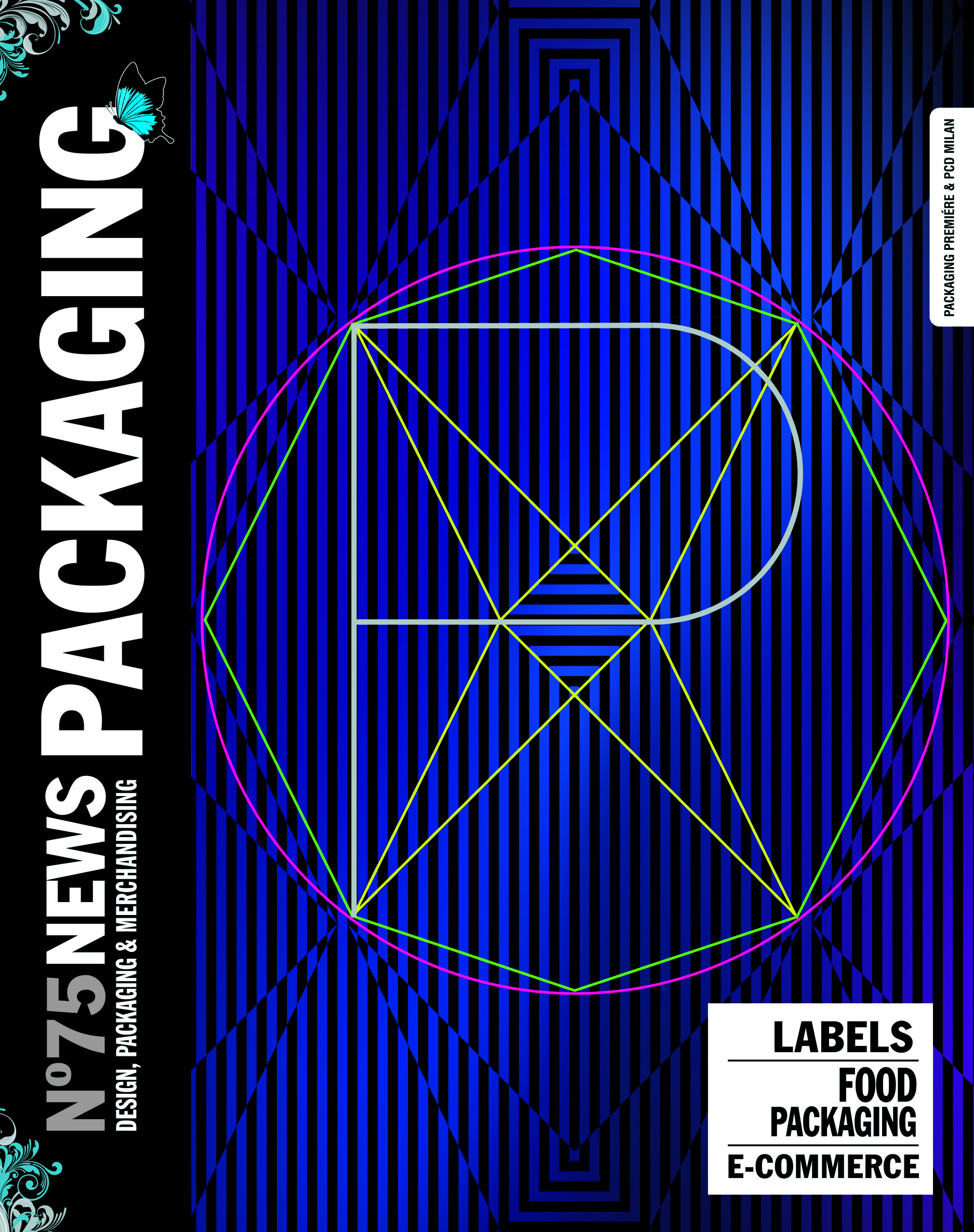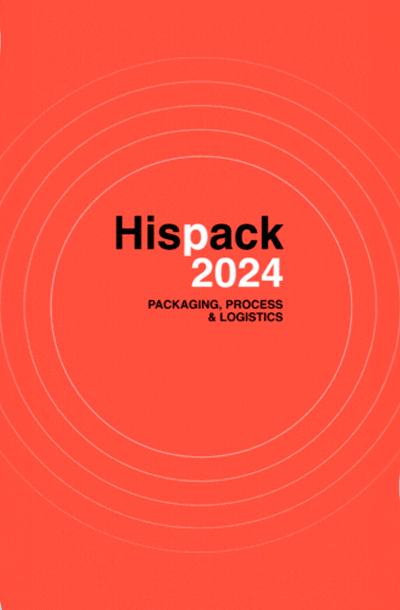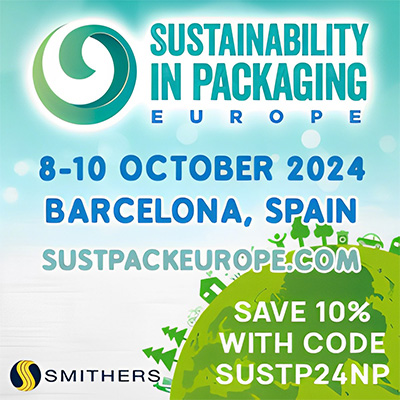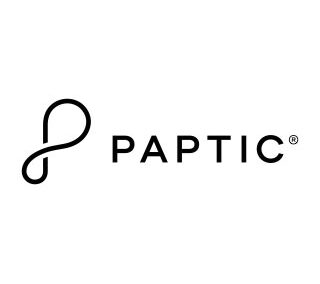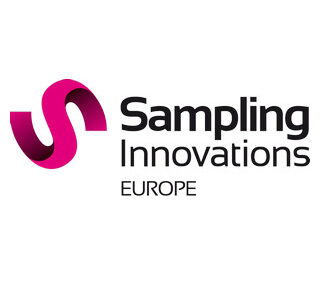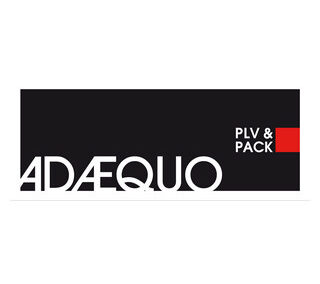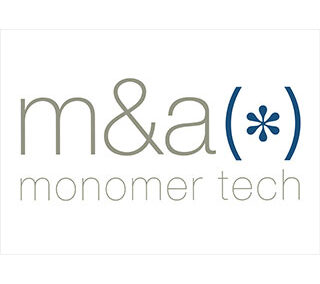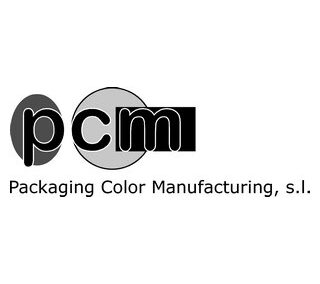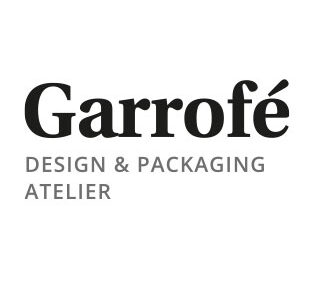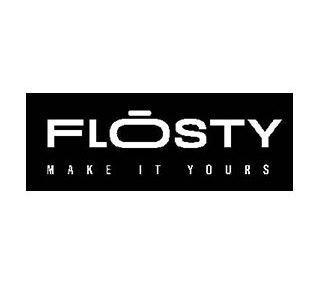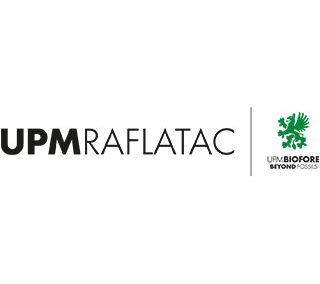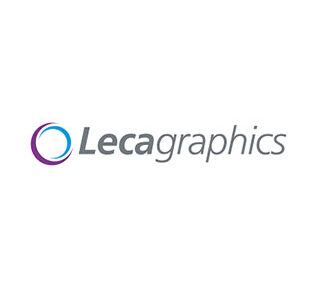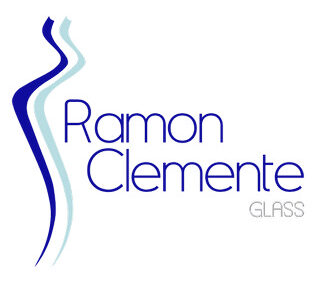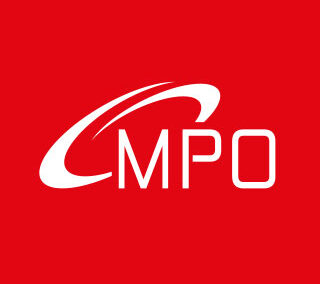As of next December 13, regulation 1169/2011 will be applied, which will mark what and how the information should appear on the labels of packaged products.
José María Ferrer, head of the Legislation Department of AINIA technological center “the consumer is increasingly concerned about the composition, origin and nutritional qualities of food. It is precisely for this reason that the EU has decided to unify the existing legislation on this matter so far in a single regulation, which establishes the necessary conditions for labeling to be much more understandable for consumers ”.
Ferrer, indicates the main modifications established by the new regulation that consumers will be able to appreciate in all food products within a month.
1.-The main objective of the regulation is to inform the consumer in a clearer and more direct way, so the letter on the labels must be larger and more legible. For example, for containers larger than 80 cm2 the minimum font size will be 1,2 mm high, and for those with a smaller size 0,9 mm.
2.-Possible allergens from now on must be clearly visible and use a different font: a different color, a different font or one that is marked in bold.
3.-Mandatory nutritional labeling for all foods as of 13/12/16. The information on energy, saturated fats, carbohydrates, proteins, sugars and salt should be indicated in a grouped way and expressed according to the portion, it can be per 100g or 100mg. In this way, the consumer will know the nutrients of the food he has bought, but the label will also inform him about the recommended daily amount that he should consume of each food, especially vitamins and minerals.
4.-Dates of freezing and thawing. It will be necessary to distinguish between 'frozen in', which will be mandatory for meat, non-processed fish products and meat products, and 'thawed' in those products that have been thawed before putting them on sale.
5.-When the regulations come into force, the origin of the products will have to be specified, particularly affecting meat products. The country of origin of the primary ingredient will also be specified.
6.- Until now, it was only necessary to indicate if the origin of the fats was vegetable, animal or if they were hydrogenated fats. The new legislation requires to detail what type of vegetable oil it contains: whether it is sunflower, olive or palm. The presence of trans fats will remain unreported, pending resolution in 2016.
7.-Foods that are apparently made from a single type of meat or fish, but that are the sum of several combined with other ingredients, must be specified. Specifically, they are those that are marketed under the name 'Made from ...', and which must now include food additives, enzymes and whether they have added proteins of different animal origin.
8.-Mandatory additional mentions: it is also necessary to specify if the product has been packaged in a protective atmosphere, or if it contains sweeteners, caffeine, glycyrrhizic acid or ammonium salt, phytosterol, etc.
9.-Alcoholic beverages or soft drinks with alcohol of more than 1,2% will have to specify the alcoholic degree.
10.-Labeling of nano-ingredients: the indication in the list of ingredients of all nanomaterials with an ingredient function, present in the final product, will be mandatory, followed by the word “nano”. Nanoingredients are those nanomaterials that fulfill the direct or indirect function of an ingredient.

